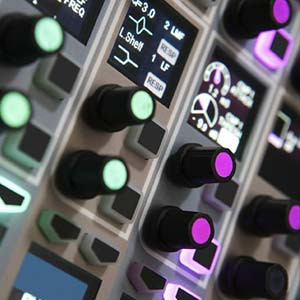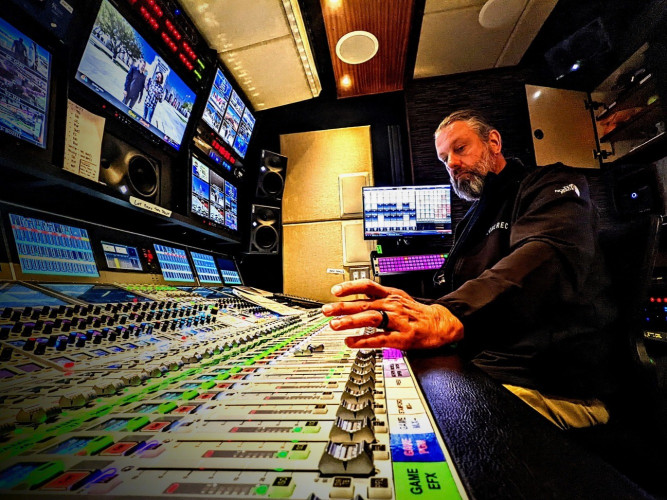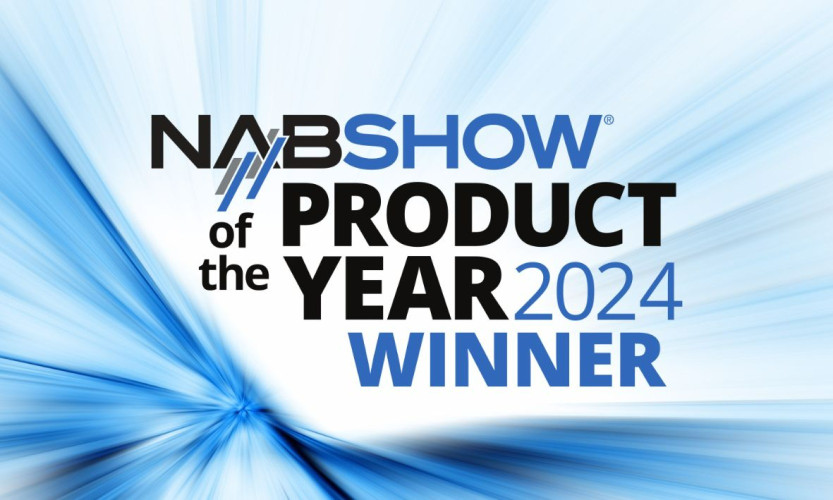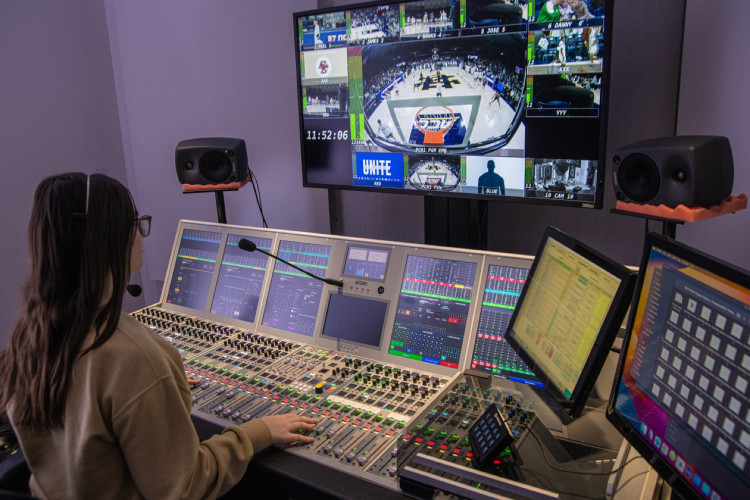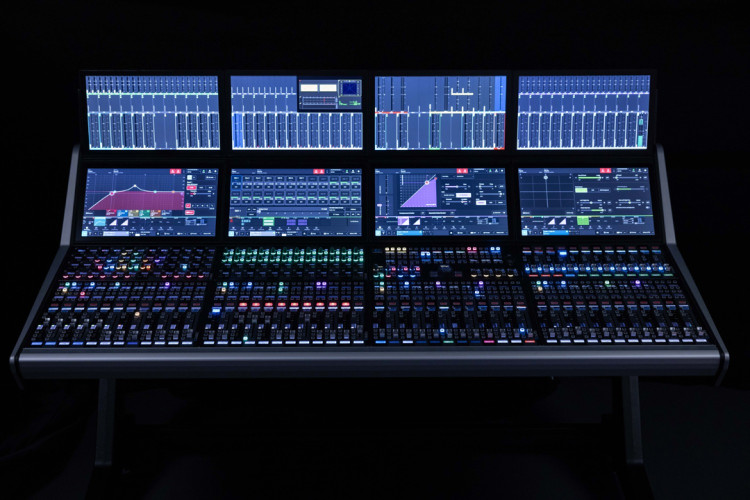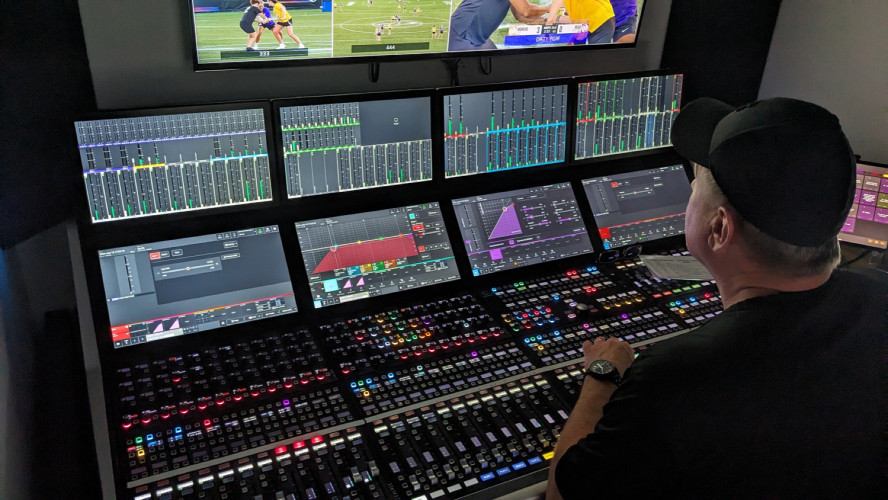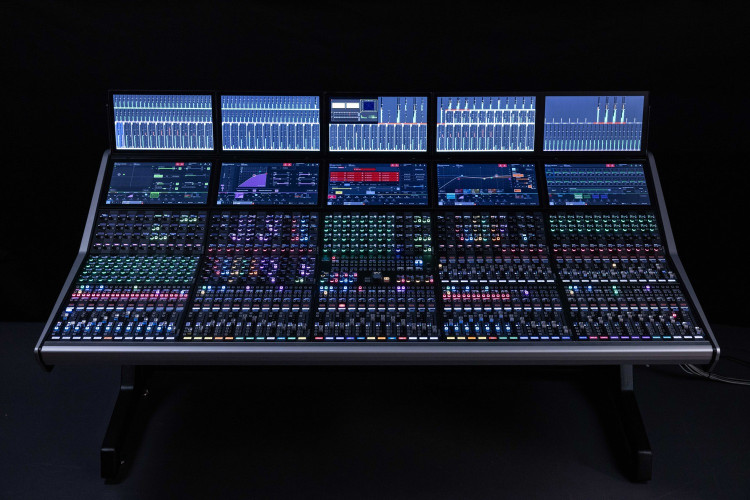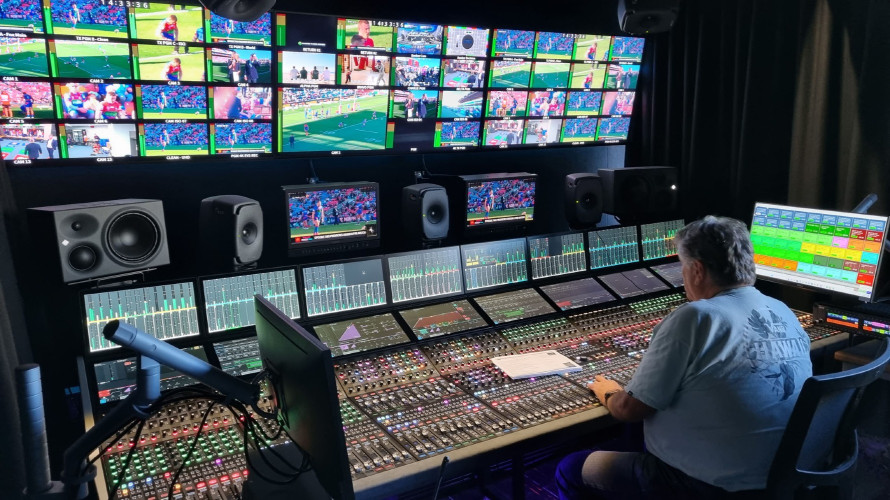Since the introduction of assignable controls on mixing consoles, it has been essential to provide sound engineers with a clear picture of what the function and status is of each fader and other associated controls. Consoles can have over 100 faders. To allow the sound operator to keep track of the function of each panel and its current settings, clear, compact displays are needed.
Calrec, a world leader in broadcast audio mixing consoles, was a pioneer in the inclusion of displays in its equipment to improve the level of information available to users and to make consoles easier to operate. Initially, they used mono LED and LCD displays, and subsequently were one of the first to introduce full colour displays to allow information to be presented in a clearer, more attractive way. This allows functions to be colour coded, for example, green for auxiliary outputs and red for the main outputs.
The display is a key part of the user experience. Calrec devoted a great deal of thought to choosing suitable displays for its consoles, and users should similarly look at the quality of the display as one of the factors when choosing a console.
Consoles are a big investment for studios, and are often in use for 10 or more years, so lifetime is a key requirement. Poor quality displays can have a limited life, and replacing the display during the life of the console is inconvenient. Viewing angle is another major issue, as operators sitting at large desks often view the display from the side and below. Live sound operators can be working quickly under pressure and don\'t get a second chance to finesse their output, so displays need to be clear, accurate and very easy to read.
Colour TFT displays have the best lifetime, but initially Calrec ruled them out because of their comparatively limited viewing angle. However, they turned to a display specialist, andersDX, who with its partner Truly were able to supply Calrec with a solution that offers the best of both worlds.
The LED backlights on Truly industrial displays used in Calrec consoles have a rated typical life of 50,000 hours (to half brightness); that\'s eleven years at twelve hours per day. The display itself can last 100,000 hours. andersDX were able to achieve the viewing angle needed using IPS technology, which has a 70-85° viewing angle from all four directions. IPS technology offers a lot of other advantages too - better contrast, a deeper black, and a very sharp image. It really is a fantastic looking display technology.
Display lifetime is an issue with many technologies, but andersDX convinced Calrec that their TFT solution would address its requirements. This has indeed proved to be the case - Andrew has had one of their displays switched on 24x7 on his desk for nearly five years now and it\'s not showing any noticeable degradation in performance.





